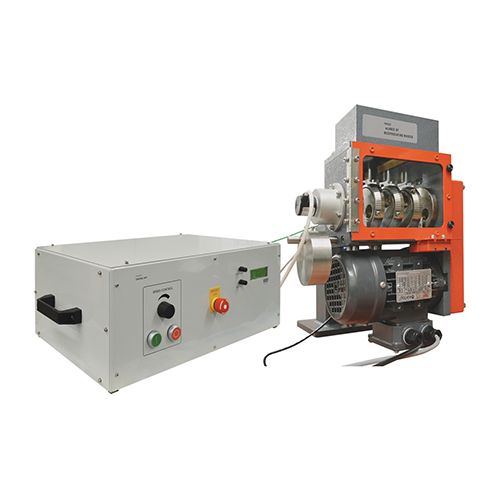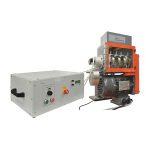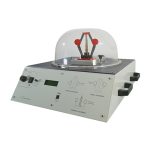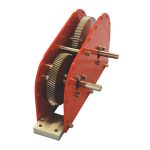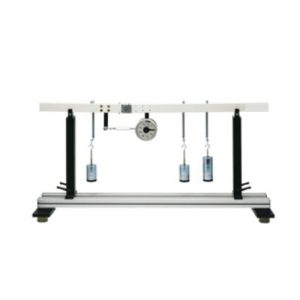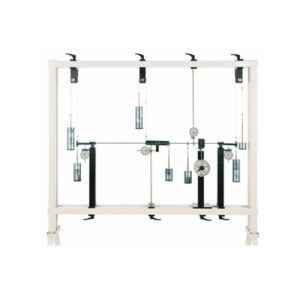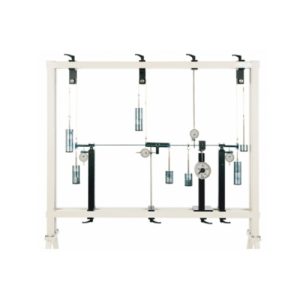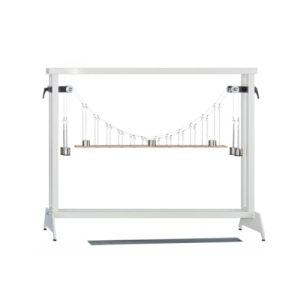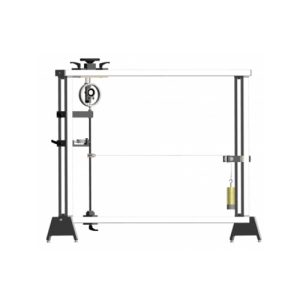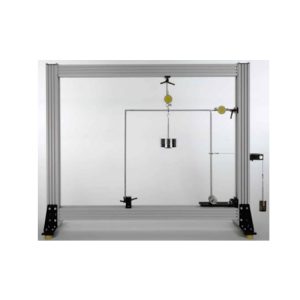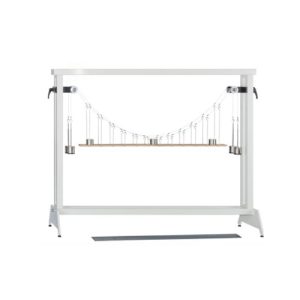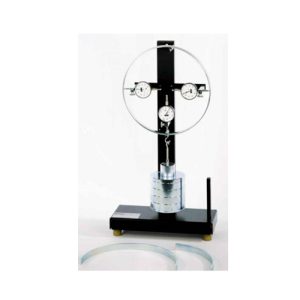TQ TM1022V BALANCE OF RECIPROCATING MASSES Teaching Equipment Mechanical Trainer Equipment
TQ TM1022V BALANCE OF RECIPROCATING MASSES Teaching Equipment Mechanical Trainer Equipment For vocational Training Center, college and university.
- Description
- Inquiry
Description
TQ TM1022V BALANCE OF RECIPROCATING MASSES Teaching Equipment Mechanical Trainer Equipment
BALANCE OF RECIPROCATING MASSES
A bench-mounting model four-cylinder engine that shows primary and secondary forces and moments in reciprocating masses and how to balance them. This product is an excellent follow-on from the Static and Dynamic Balancing equipment (TM1002).
A robust support pillar fixes to a suitable table or bench with a low natural frequency. The pillar holds a cantilever that holds a model four-cylinder engine. The model engine has a crankshaft, connecting rods, bushes (as big-end bearings), pistons and a cylinder block. A separate Control and Instrumentation Unit (included) controls a motor that turns the engine crankshaft. The crankshaft has adjustable sections. Students can rotate each section relative to the others to change the crank angles. To avoid affecting the experiments, balance the crank sections for all crank angles, even allowing for the connecting rods.
The crankshaft includes a sensor that works with the Control and Instrumentation Unit to measure and display engine speed. It also helps to give a trigger output at top dead centre of the first piston. Each piston includes a tapped hole to allow students to add weights (included) to vary its mass.
The supporting pillar fixes to a workbench, so the engine’s centre of mass is on the cantilever axis. Strain gauges on the cantilever detect the bending and torsional strains. The gauges connect to the Control and Instrumentation Unit that calibrates and processes their signals and gives outputs for the oscilloscope (OS1).
Students first find the engine’s resonant speeds. They then experiment with different engine arrangements to understand balancing and how to allow for unbalanced reciprocating masses.
A removable transparent guard with a safety interlock protects students from the moving crankshaft.
LEARNING OUTCOMES
- Primary and secondary forces and moments in popular engine configurations – one, two and four cylinder.
- Primary and secondary forces and moments for different crank settings.
- The effect of adding additional mass to one or more pistons for any chosen crank setting.
- Comparing calculated forces and moments with actual results.

